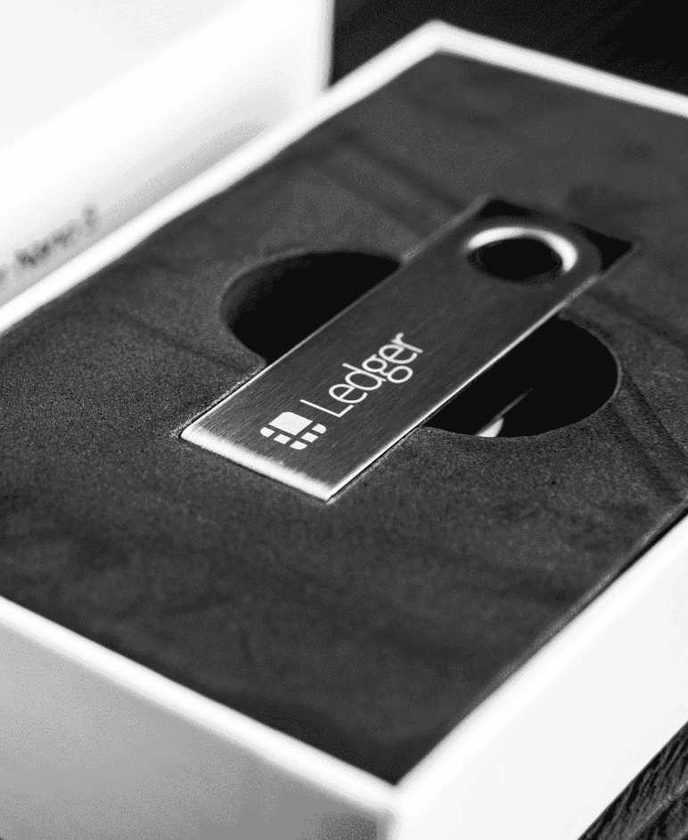Learn the importance of crypto wallet security and why protecting your digital assets is crucial. Get tips to safeguard your cryptocurrency now!
Although the cryptocurrency world has great profit potential and offers a new form of financial freedom, it also comes with risks. What if your digital assets are suddenly gone?
Many cryptocurrency holders become cybercrime victims and end up losing their hard-earned assets due to theft and fraud. However, you can prevent this nightmare scenario with wallet security. This guide delves into the importance of crypto wallet security and explores the best ways to protect your digital wealth. Read on!
The Vulnerability of Crypto Wallets
The cryptocurrency world is growing non-stop. More and more people invest in these assets every day. These tokens are even used by gambling sites!
Unfortunately, the growing popularity of cryptocurrencies has attracted the attention of many cybercriminals. Many attacks target crypto wallets, which you can use to store, send, and receive your digital assets. These tools hold the public and private keys necessary to access and manage your cryptocurrencies.
The public key is like an address or bank account number, so it can be shared publicly. This alphanumeric string is used to receive digital currency in the crypto wallet, so it doesn't contain sensitive information.
Contrastingly, the private key gives you control over your digital assets, as it authorizes transactions and allows you to access your funds. It's randomly generated, so other people will have a hard time trying to guess it. However, this secret code is responsible for your investment security. Therefore, you must keep it confidential.
Types of Crypto Wallets
No one can access your crypto wallet and assets without your private key, but this isn't the only thing you should pay attention to. Optimal crypto wallet security must include measures to protect your private key, of course. That's non-negotiable. However, these protocols must be adapted to each tool.
For example, a crypto wallet can be a mobile, desktop, or web-based software application or a physical device. Each requires specific security measures to prevent unauthorized access and transactions.
Below are the most common types of crypto wallets:
Software Wallets
As mentioned, these are software applications and may include the following:
Mobile Wallets
These wallets are designed to be installed on mobile devices, such as smartphones. As such, they provide go-to access to cryptocurrencies and ensure that transactions are fast. Although they're convenient, mobile crypto wallets are vulnerable to different threats, such as malware, device theft, phishing, and other hacking attacks.
If you use mobile crypto wallets and want to protect your digital assets, it's recommended that you use robust authentication mechanisms, such as biometrics or Multifactor Authentication (MFA). Additionally, you can consider these tips for extra security:
Choose reliable and secure storage solutions for your credentials
Learn about the vulnerabilities of your wallet and device
Conduct regular security updates
Learn to mitigate common risks
Desktop Wallet
These wallets aren't installed on mobile devices but on personal computers. Thus, they offer enhanced security with more controls. For example, you can combine advanced software with hardware security modules (HSMs) to store your keys and protect your digital assets.
However, desktop wallets may be exposed to certain threats, such as keyloggers, malware, hacking attacks, and physical theft. The best thing you can do to protect your assets if you use a desktop wallet is to update your software regularly, prioritize malware protection, and rely on strong encryption.
Web-Based Wallets
Unlike the previous two types, these wallets aren't installed on a device. You can access them through your web browser, which means they're easy to use. However, convenience comes with a risk. Web-based wallets are highly vulnerable to cyber-attacks. Phishing is a common example, but more advanced ones can include cross-site scripting (XSS) and man-in-the-middle (MitM).
Protecting these wallets demands the implementation of content security policies (CSPs), authentication mechanisms, and end-to-end encryption, especially for sensitive operations. Regular security audits may also be required.
Hardware Wallets
As mentioned, these wallets are physical devices that don't connect directly to the internet. Since they're designed to store private keys offline, they significantly mitigate common online risks and provide a high level of security. Ledger and Trezor devices are popular options. Although they're significantly more secure, hardware wallets have certain disadvantages. For example, you should make sure their firmware is up-to-date and secure and protect their physical condition from damage or theft.
Paper Wallets
Essentially, these wallets are physical documents that allow you to print or write your keys on paper. As such, they aren't susceptible to digital attacks like the previous options. However, the physical risks are significantly higher. Paper wallets can be damaged, lost, or stolen. Therefore, you should store yours in a protected location that only authorized people can access and make multiple copies as a backup.
The Importance of Focusing on Each Type of Crypto Wallet's Security
It seems that the number of crimes against crypto wallets rises with the popularity of digital assets. Scams, thefts, and hacking attacks are increasingly common. Criminals are using innovative techniques to exploit security vulnerabilities and get their hands on people's investments.
Although better crypto wallets are also under development, the security of your digital assets greatly depends on you. Besides choosing the right tools to store your cryptocurrencies, you must implement the necessary measures and protocols to ensure that no cybercriminal gains access to your private key or can make unauthorized transactions with your funds.
As explained above, crypto wallets come in various forms, and each one has its own security profile. That's why it's crucial to assess, understand, and address the differences of each one. Actually, it's the best way to safeguard your digital assets. Hardware wallets require physical protection against theft, damage, or loss, while those that are run over the web or installed on personal computers need solid malware protection.
Mobile wallets should have strong passwords and innovative authentication methods, while protecting paper ones involves securing safe locations and making copies for each, for example. If you tailor your security strategy to each specific crypto wallet, it'll be easier to reduce vulnerabilities, mitigate risks, and preserve your digital assets.
Final Thoughts
Crypto wallet security is essential to protect your investment, but it involves several key factors and should be suitable for the tools you use to store your assets. Use the information available above to design the best security strategy and safeguard your hard-earned cryptocurrencies!





























